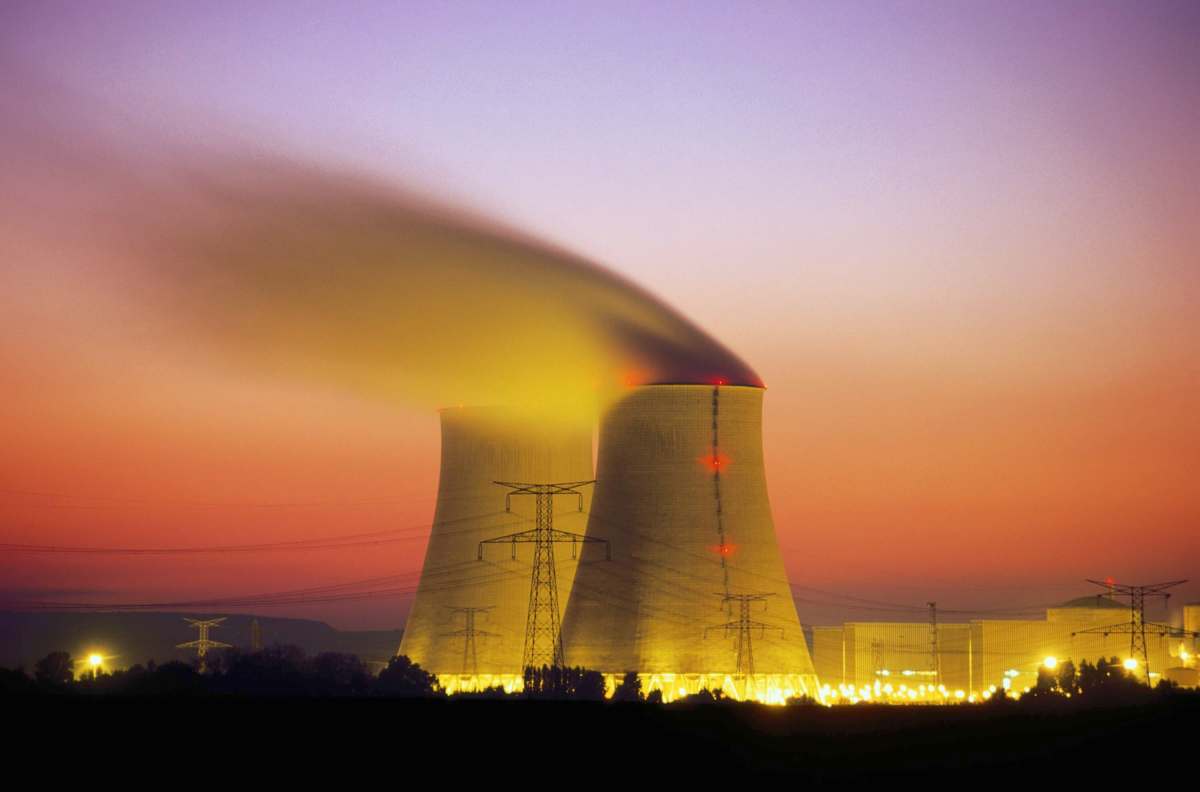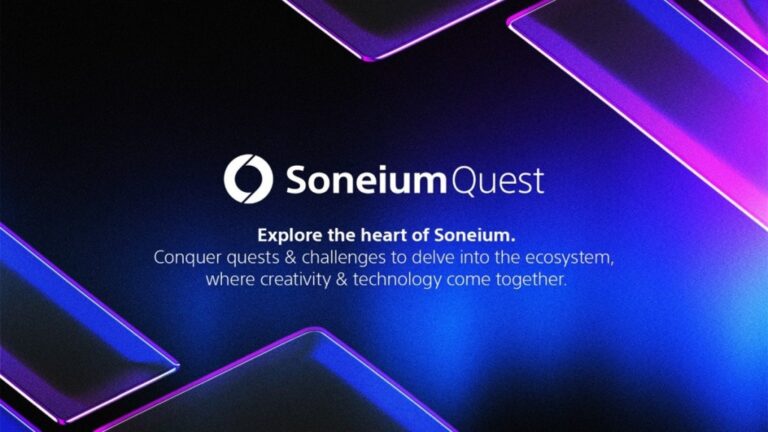How DeepSeek’s Revolutionary AI Could Halt the Nuclear Renaissance
Chinese AI startup DeepSeek has made waves in the technology world with its recent launch of the R1 model, which surprisingly performs on par with industry giants like Google and OpenAI. This achievement raises important questions about the future of AI development and the hardware resources required for training advanced models.
DeepSeek’s R1 Model: A Game Changer?
DeepSeek has claimed that it utilized only 2,048 Nvidia H800 GPUs over a two-month period to train its R1 model, a significantly lower computational power compared to what is rumored to be used by OpenAI. This revelation has led experts and investors to reconsider the necessity of heavy hardware investments in AI.
Implications for Data Center Demand
The efficiency demonstrated by DeepSeek could potentially reshape the demand for data centers and the energy required to maintain them. Here are some key takeaways:
- AI data centers could consume up to 12% of all electricity in the U.S. by 2027.
- Tech companies are investing billions into securing new energy supplies, including nuclear and natural gas.
- Companies like Google and Amazon are making significant investments in nuclear startups.
The Changing Landscape of Energy Production
Nuclear energy has long been viewed as an expensive alternative compared to wind and solar power. However, advancements in technology are paving the way for a nuclear renaissance. Despite this, many nuclear projects are not expected to become operational until 2030 or later, leaving tech companies in a precarious position as they navigate fluctuating energy demands.
The Debate Over AI Performance
While some analysts, including Citigroup’s Atif Malik, remain skeptical about DeepSeek’s claims, the potential for more efficient AI models is clear. The industry has been searching for innovative solutions that do not solely rely on increased computational power.
Future Considerations for Energy Companies
The future of energy companies and nuclear startups will largely depend on their ability to adapt. Here are some factors to consider:
- If AI demand decreases, cost pressures on energy production may increase.
- Renewable energy sources, such as wind and solar, continue to become cheaper and more modular.
- Tech companies are increasingly investing in renewable energy to power their operations efficiently.
The Uncertain Future of AI and Energy
As the landscape of AI and energy continues to evolve, the emphasis is likely to shift toward proven technologies that can be rapidly deployed. The current trend favors renewable energy solutions, which can adapt to the fast-changing demands of the tech industry.
For more insights on the intersection of AI and energy, visit The New York Times.







